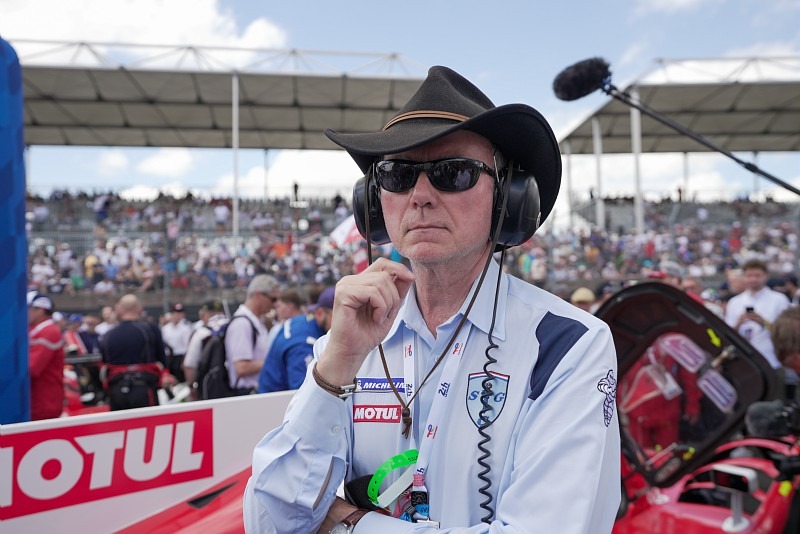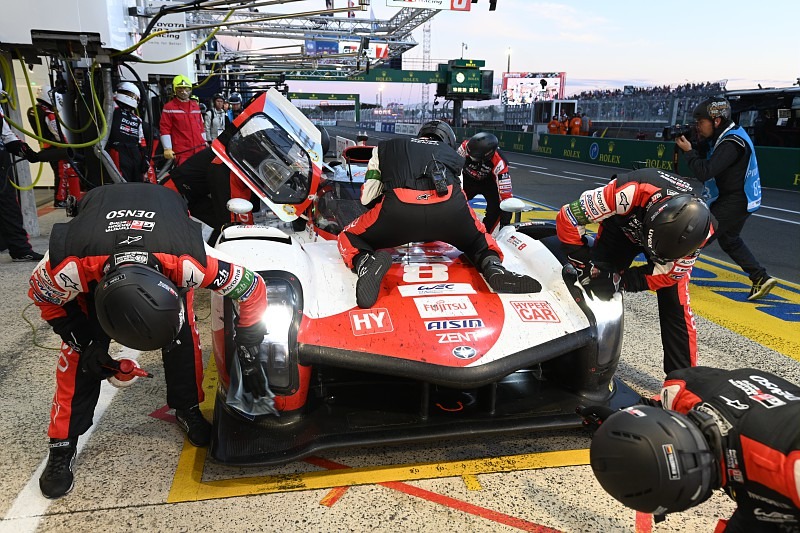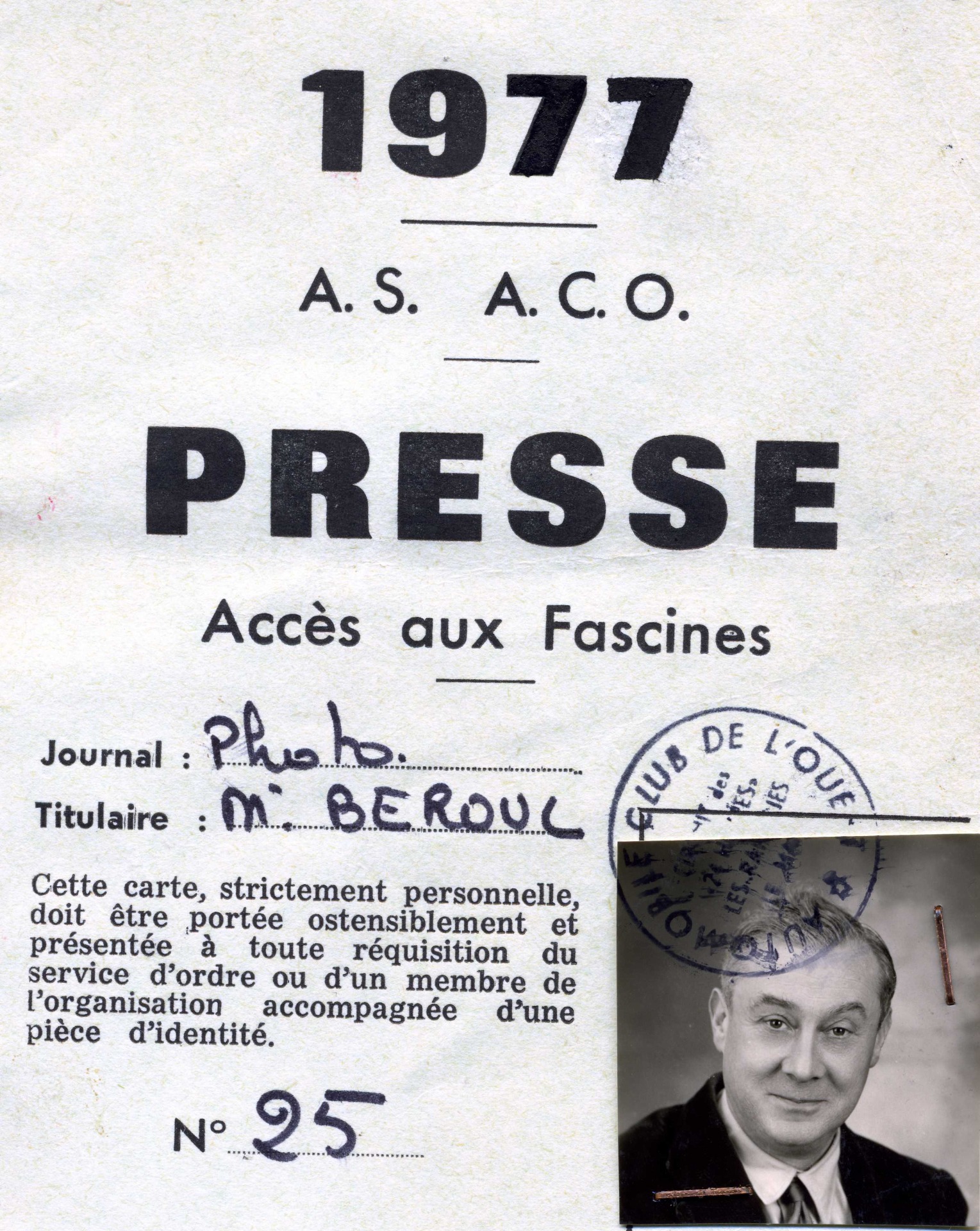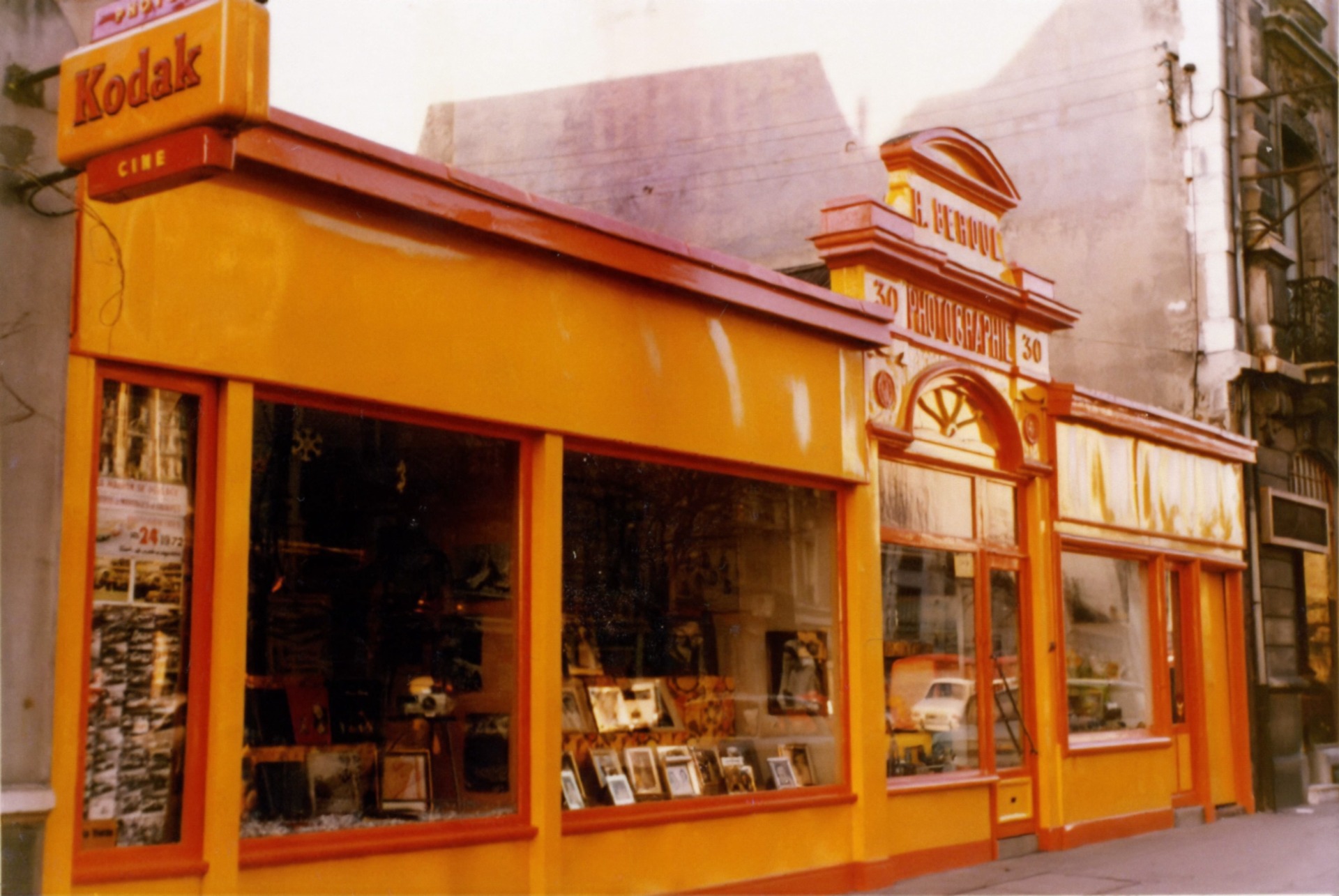
2021

The new era of hyper cars
The race was once again held under the special conditions imposed by the health crisis. All of the traditional entertainment was cancelled or held behind closed doors and the event did not take place in June but instead on 21st and 22nd August. For these two days, however, a few spectators were allowed in with a restricted capacity of 50,000 people.
The Hyper car category replaced the LMP1 category and allowed for the debut of a new manufacturer. The American team Glickenhaus impressed people immediately with the fastest time on the testing day.

In response, Toyota and its two new GR010 Hybrids dominated the tests. Will the Japanese manufacturer be able to follow this up and become the first winner of the Hyper car era following three victories in a row from 2018 to 2020?
A subdued race
The rain put in an appearance just before the start and forced the competitors to get under way with two laps of the circuit behind the safety car driven by the Grand Marshall of the race, Derek Bell. They were finally let loose, and there was a collision between a Glickenhaus and the Toyota no. 8 on the first bend. There was more fear than harm, albeit it was a serious waste of time for the protagonists.
The No. 8 returned to second position after a little over an hour of sprinting, while the two Toyotas would no longer drop any further in the standings. Only one worry: beginners are prone to issues with fuel. The increased attention of the mechanics of the Japanese team finally allowed the two cars to reach the finish line ahead of the competition.

The no. 7 eased through the race and offered its drivers their first victory at Le Mans after having played second fiddle to the sister car for three years.

Road safety: promulgated on 26th May, 1921, the "Highway Code" celebrates its hundredth anniversary.
The highway code has also become a true "street code” since the 2000s. It looks at the variety of users (pedestrians, cyclists, etc.) in greater depth and promotes the road to be shared more equally.

The cars set off on Saturday 21st August at 4 p.m. It was a return to the historic departure time, which was scrapped in 2005!


Two "art photographers" craftsmen succeeded each other at no. 30 on the pavement opposite from 1895 to 1984: Elie de Sauverzac and Henri Béroul.
The latter acquired the premises in 1936. The first staging of the post-war race in 1949, was also the first for Henri. This was the beginning of a long story. The photographer covered the ordeal for thirty years, and the pictures he left behind shaped the myth!
In 1979, at the age of 72, Henri judged the time of retirement had come, however, the doors of the store remained open for a few more years to photo enthusiasts of the 24 Hours at Le Mans. The store was demolished after his death.



